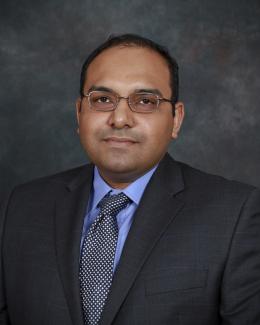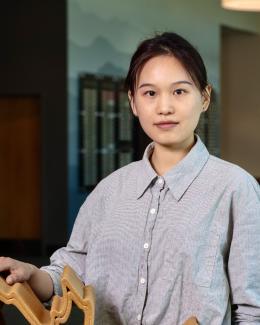Abstract
Clothes drying is an energy-intensive process that causes significant electricity consumption and carbon emissions in the US. Approximately 83% of Households in the US own a tumble clothes dryer at home and 80% of dryers are electrical resistance dryers with low energy efficiency. Heat pump technology makes it possible for highly efficient and clean drying. Additionally, the ventless design of heat pump clothes dryers (HPCD) provides more installation flexibility. HPCD involves three primary mediums: wet clothes, a closed air loop, and a refrigerant circuit. The evaporator is used to dehumidify the wet air and the condenser is used to re-heat the dry air. One of the critical technological barriers to HPCD market penetration is its long drying time, primarily due to the relatively low discharging temperature and the slow response during the warm-up period. In this study, the thermal energy storage (TES) technology is adopted to address this challenge by providing pre-heating of air prior to the condenser to increase the operating temperature of the process air. The heat pump will charge the phase change material (PCM) in the TES device with heating energy during clothes washing and the PCM will discharge the stored heat to facilitate air heating during clothes drying. To analyze the optimal design and potential for energy saving and drying time reduction, a mathematical model of the HPCD system was developed. The HPCD is a highly dynamic system with a coupled heat and mass transfer and heat pumping cycle. This paper provides solutions to simulate the transient behavior of the system while maintaining low computational cost. The modeling result indicates reduced energy consumption and drying time by integrating TES with HPCD, as compared to electrical resistance dryers. The study can provide significant insights into improving building flexibility with TES and smart appliances.





